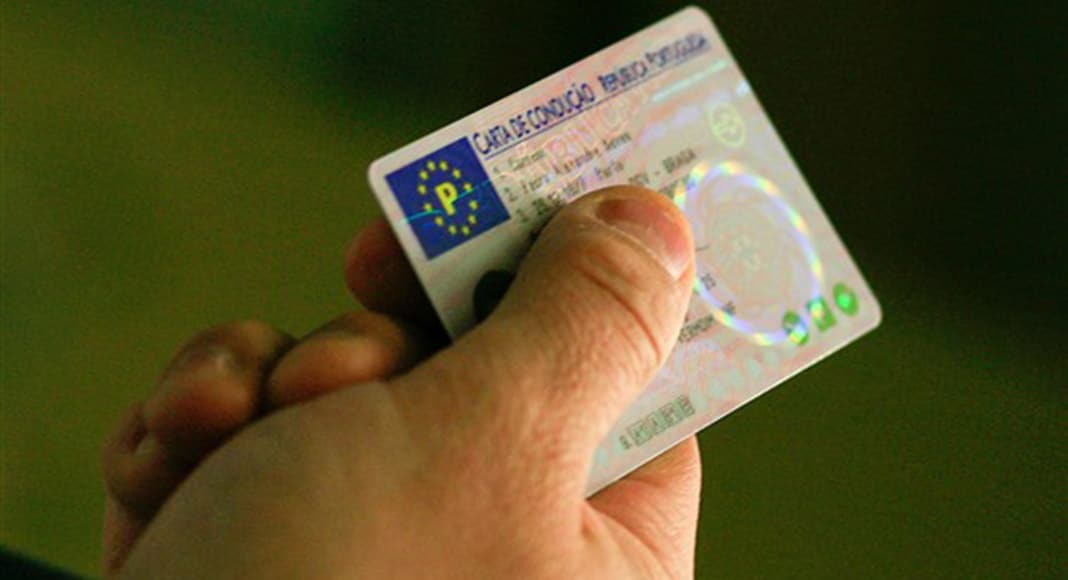Understanding the Driving Test: A Comprehensive Guide
Starting the journey to obtain a motorist's license is an amazing yet complicated experience for lots of. The driving test, typically considered the pivotal point in this journey, evaluates a prospect's ability to operate a vehicle securely and properly. In this thorough guide, we will look into the complexities of the driving test, covering its function, structure, requirements, and ideas for success. We will also deal with often asked concerns to further clarify the process.
The Purpose of the Driving Test
The driving test serves numerous crucial functions:
- Safety Assurance: The primary objective of the driving test is to ensure that motorists can operate lorries safely. This is paramount in avoiding mishaps and making sure road safety for both chauffeurs and pedestrians.
- Evaluation of Knowledge: The test evaluates a prospect's knowledge of traffic laws, roadway indications, and safe driving practices.
- Ability Evaluation: Beyond theoretical understanding, it examines practical driving skills, including maneuverability, parking, and adherence to traffic guidelines.
- Regulatory Compliance: Each area has specific laws governing lorry operation. The driving test guarantees that all chauffeurs understand and comply with these regulations.
Structure of the Driving Test
While the particular structure of driving tests might vary by state or nation, they usually follow a typical format, which can include the following components:
1. Written Knowledge Test
Before hitting the road, candidates generally must pass a written understanding test, which consists of:
- Traffic Signs and Signals: Identifying numerous signs and signals, understanding their significances and proper actions.
- Road Rules: Questions on speed limits, right-of-way rules, and actions to take in various traffic scenarios.
- Threat Awareness: Scenarios to evaluate a candidate's capability to recognize and react to prospective roadway hazards.
2. Vision Test
A vision test makes sure candidates can sufficiently see to drive. Prospects are usually asked to read letters or numbers from a distance, guaranteeing they fulfill the vision requirements set by regulative authorities.
3. Road Test
The most substantial part is the useful road test. This is where candidates show their abilities under the observation of a licensed examiner. The road test usually includes:
- Pre-Drive Checklist: Checking mirrors, safety belt, and surroundings before beginning.
- Fundamental Maneuvers: Performing jobs such as parallel parking, turning, and lane changes.
- Traffic Interaction: Navigating through traffic, complying with speed limits, and yielding the right of way.
- Emergency Situations: Demonstrating how to react to unexpected roadway scenarios.
Table: Typical Driving Test Components
| Component | Description |
|---|---|
| Written Knowledge Test | Multiple-choice examination covering road rules and signs |
| Vision Test | Guaranteeing prospect satisfies minimum vision requirements |
| Road Test | Practical evaluation of driving abilities in genuine traffic situations |
Requirements for Taking the Driving Test
Before a prospect can schedule their driving test, there are specific prerequisites that normally need to be fulfilled, consisting of:
- Age Requirements: Many areas have minimum age requirements (e.g., 16 or 18 years of ages).
- Knowing Permit: Candidates often require to have actually held a student's authorization for a given duration (frequently six months to a year).
- Driver Education Course: Some areas require conclusion of a driver's education course, which may include both classroom and practical training.
- Documents: Candidates must provide valid recognition, evidence of residency, and any finished paperwork required by the regional Department of Motor Vehicles (DMV) or comparable authority.
(FAQs) Frequently Asked Questions
Q1: How do I schedule my driving test?
A1: Candidates can normally schedule their driving tests through the website or office of their regional DMV or licensing authority. Custo Carta De Condução are often available for convenience.
Q2: What should I induce the day of my driving test?
A2: Candidates should bring their student's authorization, documents showing residency, proof of recognition, and a roadworthy automobile. In addition, any kinds provided during the scheduling needs to also be brought along.
Q3: What takes place if I fail my driving test?
A3: If a prospect fails the driving test, they are usually permitted to retake it after a waiting duration, which can range from days to weeks, depending on the region's policies. It's recommended to practice the skills that require enhancement before retaking the test.
Q4: How long is the driving test?
A4: The period of a driving test can vary but normally lasts in between 20 to 30 minutes, depending upon the intricacy of the route and the specific requirements set by the screening authority.
Tips for Success
Preparation is essential to passing the driving test. Consider the following suggestions:
- Practice: Regularly practice driving in various conditions and circumstances to grow comfy behind the wheel.
- Know the Laws: Familiarize yourself with local traffic laws, indications, and guidelines to carry out well on the composed test and road test.
- Take a Mock Test: Have a skilled chauffeur accompany you for a practice test to replicate the real experience and supply positive feedback.
- Stay Calm: On the day of the test, attempt to stay calm and gathered. Anxiety can hinder performance, so practice relaxation techniques ahead of time.
- Use Clear Signals: During the roadway test, make sure to use proper signaling and check mirrors frequently. Clear communication with other road users is important.
The driving test is a crucial step in acquiring a driver's license and making sure road safety. By comprehending its structure, preparing sufficiently, and keeping typical queries in mind, candidates can approach the driving test with self-confidence. Whether it's the composed knowledge examination or the useful driving assessment, diligent preparation and a calm demeanor are factors that can considerably influence success on the roadway.

